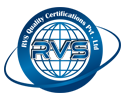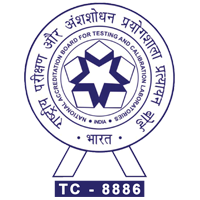Civil NDT Methods
STUDENT RESULTS RVSGLOBE
Click HereCIVIL NDT METHODS
1.Ultrasonic Pulse Velocity Testing:
Ultrasonic Pulse Velocity Tester is a non-destructive method used in measuring the propagation velocities of ultrasonic pulses through cement by compiling the international standards. Ultrasonic experiments have structural and mechanical characteristics to reflect the product.
What is Ultrasonic Pulse Velocity (UPV) Tester?
UPV is a velocity measurement tool for concrete structures by measuring the ultrasonic pulses, crack depth, and length or elasticity of the concrete. The UPV determines the pulse longitudinal vibrations held in contact with the concrete surface with the help of an electro-acoustical transducer. Once the traversing concrete path length is calculated, the vibration pulse is converted into an electrical signal with the help of other transducers. Hence, the pulse transmits timing is calculated by enabling the electronic timing circuits.
Ultrasonic pulse velocity tester uses the speed of the sound waves as the medium to measure. The sound waves are measure in two different ways, the low-quality concrete is correlated with slow sound waves which contain defects, holes, voids, anomalies, and the high-quality concrete is correlated with high sound waves having very few anomalies.
Configurations of UPV:
UPV can be performed in three different configurations:
Equipment’s supplied with Ultrasonic Pulse Velocity (UPV) Tester are as follows:
This equipment is suitable for up to 3m distance and it confirms the international standard guidelines UNI EN 12504-4 ASTM D2845-08 and ASTM C597-02 standards and other related standards. Before the testing, the concrete surface should be cleaned thoroughly to get accurate results.
Applications for Ultrasonic Pulse Velocity Testing:
UPV tester is used widely in the civil platform and here are the few major applications used in this testing:
Uses of Ultrasonic Pulse Velocity Tester:
The ultrasonic pulse velocity tester is used to determine the uniformity of the concrete, cracks identification, presence of voids, make changes in the properties of time, and determines the dynamic physical properties. It is used to determine the flaws, cracks, poor patches, and other aspects.
UPV method also provides structural elements indicating the quality of the material by measuring the comprehensive wave velocity in various locations. UPV method is typically used for Quality Control and Quality Assurance purposes for various products.



